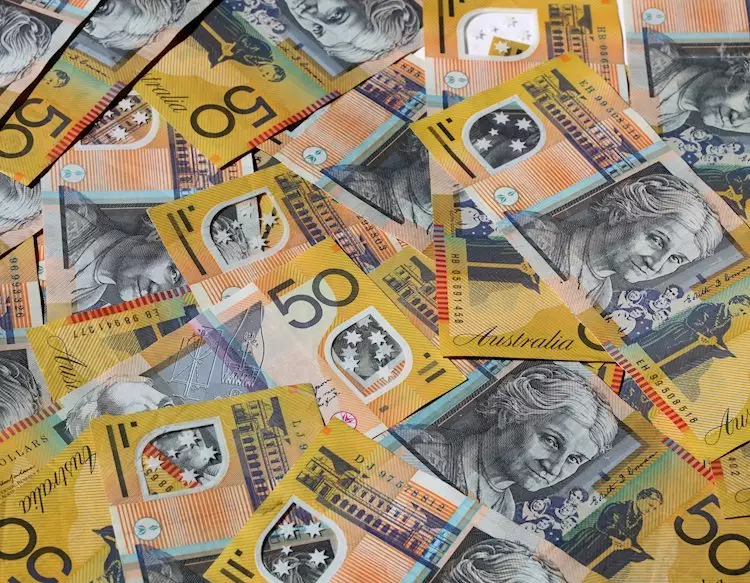As the Australian Dollar (AUD) faces resistance around the 0.6605 mark against the US Dollar (USD), several underlying factors contribute to this dynamic in the early Asian trading session on Monday. The fluctuating nature of the forex market reflects a broader economic narrative that goes beyond simple currency pairs. The currency movement illustrates how local and international economic data impact investor sentiment and market positioning.
Recent US economic indicators offer insights into a more robust consumer sentiment. Notably, the Michigan Consumer Sentiment Index demonstrated remarkable resilience, climbing to 70.5 in October from a prior reading of 68.9. This optimism among consumers suggests a nuanced recovery in the American economy, which, in turn, supports a stronger dollar. The Federal Reserve’s perceived hawkishness regarding interest rate adjustments creates an environment where the US dollar is favored among investors, further impacting the AUD/USD exchange rate.
Global geopolitical events also play a crucial role in shaping market sentiment towards safe-haven assets. The recent military actions in the Middle East, including Israel’s response to Iranian military installations, introduce a layer of complexity to global markets. Such events raise uncertainty levels, often driving investors toward safer currencies like the USD. Despite the restrained nature of Israel’s attacks, concerns remain about potential ramifications and broader regional stability, which could propel the USD’s status as a safe haven.
This backdrop of geopolitical tension further complicates the outlook for the AUD, particularly when compared to the performance of the USD. However, it’s worth noting that the potential outcomes of future US presidential elections could further influence market dynamics. The differing economic policies of candidates, such as Donald Trump and Kamala Harris, lend uncertainty that can ripple through the financial markets. Traders remain vigilant of these changes, stressing the interconnectedness of political events and currency markets.
On the domestic front, the Reserve Bank of Australia (RBA) maintains a hawkish rhetoric that may offer some support to the Australian Dollar. Market expectations indicate only a slim possibility of rate cuts in the immediate future, with RBA rates currently maintained at 4.1%. The decisions made by the RBA are pivotal, as they influence the interest rate landscape throughout Australia. A stable or even rising interest rate environment originally tends to favor the Australian dollar, making it more attractive to foreign investors seeking higher returns on capital.
Investors keenly observe the RBA’s monetary policy strategies, as the institution’s actions can signal its commitment to price stability and economic growth. The central bank’s policy measures are intricately linked to inflation targets, with the aim of maintaining stability within a 2-3% range. While high interest rates support the Australian dollar in comparison to its global counterparts, unexpected shifts can create volatility and impact currency valuations.
Australia’s economic fortunes are significantly tied to its commodity exports, particularly iron ore, which remains one of the most valuable resources on the global market. In 2021 alone, iron ore exports accounted for approximately $118 billion, predominantly directed towards China. Given this dependency, fluctuations in iron ore prices wield considerable influence over the AUD’s value. An increase in iron ore prices typically results in heightened demand for the AUD due to the positive trade outcomes attached to such a scenario. Conversely, declining prices exert downward pressure on the currency, reflecting the sensitivity of the AUD to shifts in commodity markets.
Moreover, Australia’s trade balance plays a crucial role in determining currency strength. A favorable trade balance, characterized by higher export earnings compared to import expenditures, can result in upward pressure on the AUD. Therefore, maintaining a positive trade dynamic not only fortifies the AUD’s value but also sends important signals to investors about the economic health of Australia.
The interplay of these various factors creates a complex web of influences that define the AUD/USD exchange rate. The combined effects of US economic data, geopolitical tensions, central bank policies, and the dynamics of Australia’s commodity-heavy economy provide an ongoing narrative that shape the outlook for both currencies. As traders navigate through these uncertain waters, they remain keenly aware of the interrelationship between these elements, understanding that any sudden shift in one factor can lead to significant recalibrations in currency value. The fluctuation of the AUD against the USD therefore serves as a reflection of broader global economic trends, shaped by local nuances and international developments alike.

